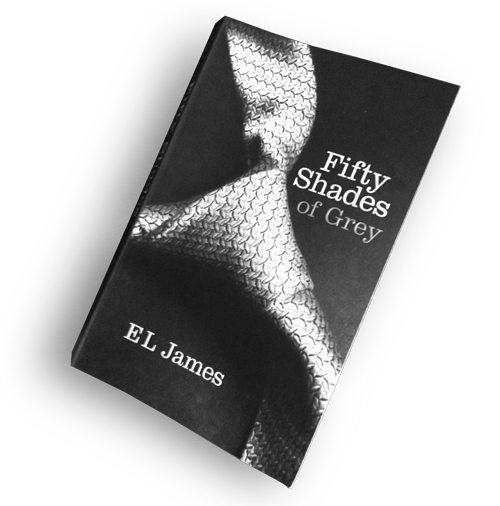Example from Mike Bostock's d3.js
Most of the time, we just want to achieve these simple goals:
On a dark background, we have to set a different range for the Lightness. However, we keep the principle of narrow ranges for Chroma and Lightness.
In order to achieve consistency in the colors, you have to select a lightness range that is lightly contrasted with the background. It has to be contrasted, since you want the content to be read. But you want keep this contrast quite close to the background to avoid agressive colors.
This preset produces colored greys. You can achieve this with a very low maximum chroma. It is useful when you want to avoid the distracting effect of saturated colors.
The more you restrain color space, the fewer the number of distinct colors you can obtain. Since the chroma range is very narrow, we need a wider lightness range. All the colors are close to grey, so we need to differentiate them with the lightness.
In this example we maximized the impact of the colors by increasing the chroma. The resulting colors are particularly intense. Since we allowed a large range of chroma and lightness, we can produce more distinct colors.
You may have observed that we have several blue-purple colors while we have few greens and no yellow. This is due to the way we perceived colors. The yellow for example is not allowed by our maximum lightness.
This example uses the same range of chroma, but a much lighter range of lightness. Now we have more yellow and green, less purple and no red. It is still a side effect of using the CIE Lab color space.
A narrow hue range produces variations of a color. If we select only green hues, the generated palette will be composed of distinct greens. In order to have enough variations, we need a wider range for lightness and chroma. However, we want to avoid low chromas because they produce greys. We also want to avoid dark and light colors in order to get more homogeneity.
We can build quite large palettes as long as we have enough 'room' in the color space. Here we just avoided dark colors since we have a white background and black text, and we avoided high chromas in order to keep homogeneity. High chromas do not contain much color space, so we did not restrain too much the palette.
If the number of colors is too high for the size of the color space, there will be similar colors in the palette. However, the colors are always sorted so that the first are the most distinct possible.
If you produce too many colors, you will still be able to use the first colors, since they will be distinct.
In such extreme cases, it is necessary to choose the "hard (Force vector)" setting. This algorithm is able to generate colors even if there is very few color space, when the "soft (k-Means)" will fail.
